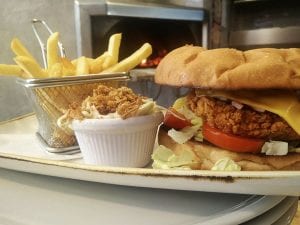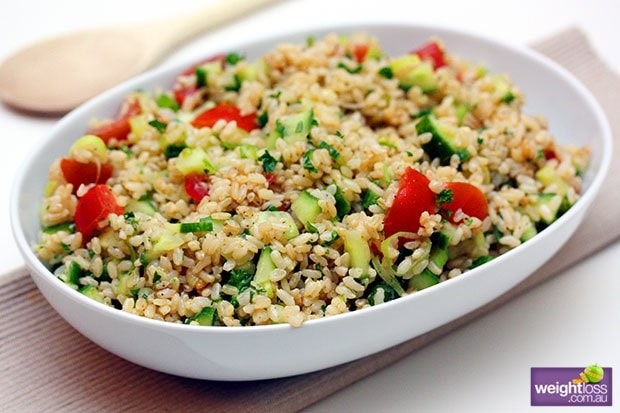According to research released by ING Direct, buying lunch at work is costing Australians $8.3 billion a year.

The ‘Cost of Going to Work’ study drew on a Galaxy survey of 1000 respondents to find that on average, Australian workers spend $1,548 a year in their lunch hours, which when weighed against ABS workplace population figures easily passed the $8 billion mark.
The survey also found that simply going to work was setting average Australians back $591 a month. The most significant expenses included an average spend of $179 per month on travel to and from the workplace, plus $129 per month on buying lunch.
ING Direct spokesman David Breen said he was not surprised by the study.
“It all adds up very quickly,” Mr Breen said. “When you’re on leave you really notice how much you normally spend on lunch, transport, dry cleaning and other costs. These habits you form have quite a financial impact when you look at it over an annual basis.”
It is important that we save as much as possible on our lunches as work, because it can be a lot more difficult to avoid the spending on travel.
Nutritionist Amelia Phillips says we can save more than $1,000 a year by cooking our lunch at home and bringing it to work, as well as enjoying the health benefits of this alternative.
“Bringing food from home, you have much more control over the portion size and use of healthy ingredients,” Ms Phillips said. Because you can control the portion size, you don’t get the frustration of paying for an overpriced lunch that either doesn’t fill you up, or that doesn’t taste as good as you would like.
Ms Phillips believes that the main reason people buy their lunch is for convenience. Ms Phillips said making a little extra food at dinner time and packing leftovers for lunch is far more cost effective than buying food. Not only is this cost effective, it is also convenient.
Another option is preparing all of your lunches for the week on Sunday. This is cost effective and saves time during the week because all you’d have to do is simply pack your lunch.
Both of these alternatives might also save you time that you may spend travelling to where you’re buying lunch from, waiting in a line and then waiting for your meal.
Cost effective foods suggested by Ms Phillips include brown rice, quinoa, vermicelli noodles, chick peas and lentils, which keep for a long time and can be bought in bulk.

Article source: Tim McIntyre, News Corp Australia Network
Please contact Integrity One if we can assist you with any of your financial needs.
Phone: (03) 9723 0522
Suite 2, 1 Railway Crescent
Croydon, Victoria 3136
Email: integrityone@iplan.com.au
This article is of a general nature and does not take into consideration anyone’s individual circumstances or objectives. Integrity One Planning Services Pty Ltd is a Corporate Authorised Representative No. 315000 of Integrity Financial Planners Pty Ltd ABN 71 069 537 855 (which is the holder of AFSL 225051). Integrity One Planning Services Pty Ltd and Integrity One Accounting and Business Advisory Services Pty Ltd are not liable for any financial loss resulting from decisions made based on this information. These articles are not owned by Integrity One Planning Services. We recommend that you seek personal advice from an advisor prior to implementing any of the information contained in this publication.